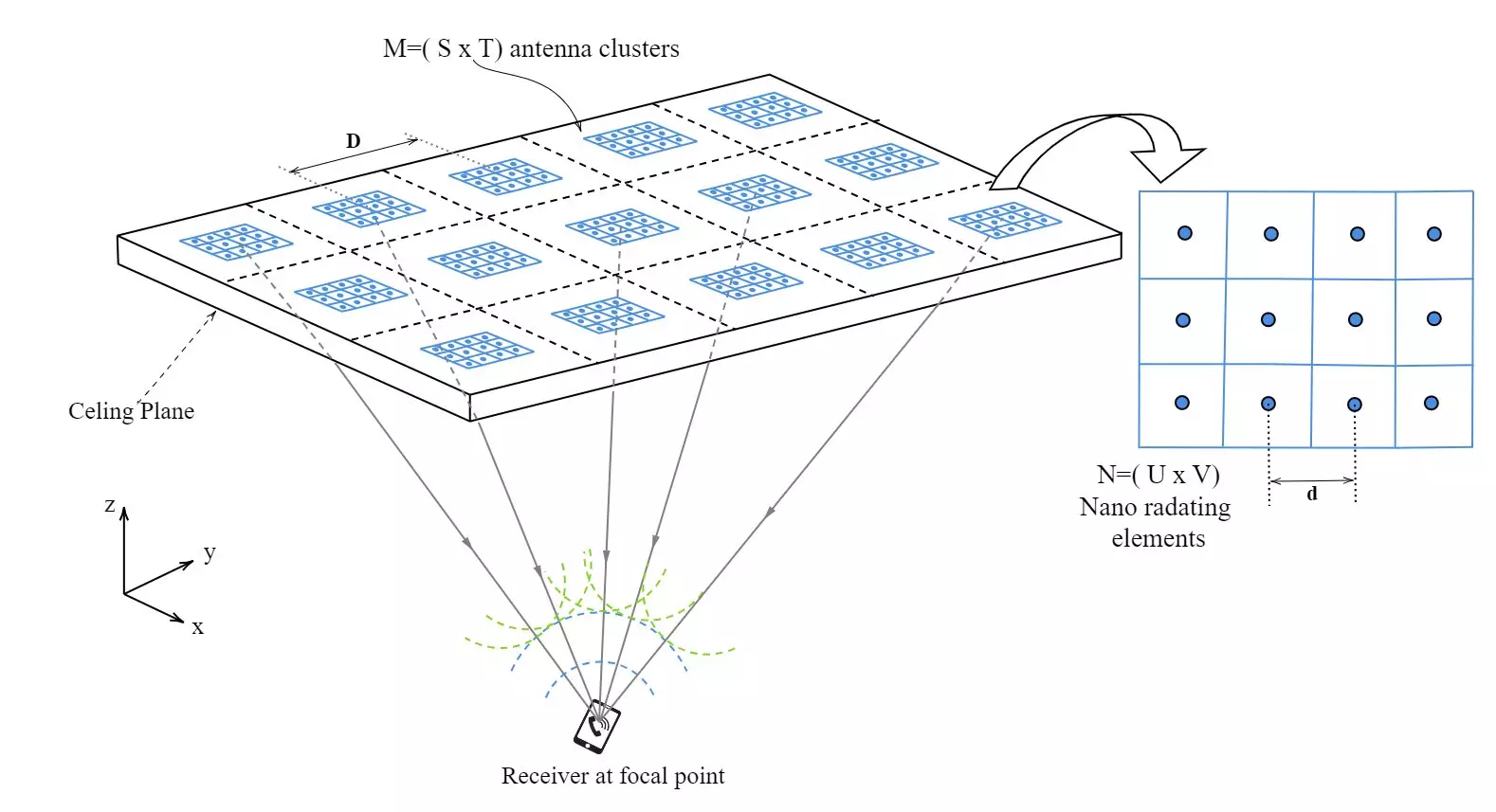The rapid evolution of technology has always dictated the pace of communication systems, necessitating innovation to match increasing demands for efficiency and reliability. In recent years, conventional wireless solutions, such as Wi-Fi and Bluetooth, have faced significant limitations. As data consumption continues to surge, these systems struggle with bandwidth constraints and overwhelming signal interference, leading to congestion and the need for a more advanced solution. Enter Optical Wireless Communication (OWC)—a groundbreaking innovation set to change the landscape of wireless communication.
Traditional radio frequency (RF) communication, while revolutionary in its inception, is now grappling with multiple challenges that hinder its efficacy. As networks become more congested with devices vying for bandwidth, issues related to latency and signal dropouts become common. This increasing complexity highlights the inadequacy of existing technologies in addressing the demands of environments such as urban centers, healthcare facilities, and densely populated offices. The urgent need for a more robust solution has led researchers to explore alternative methods, one of which is OWC.
OWC leverages infrared (IR) technology to provide a high-speed alternative to its RF predecessors. By utilizing light waves instead of radio signals, OWC promises significant improvements in data transmission rates while effectively sidestepping the interference issues common in RF systems. Our research focuses on this novel approach as we delve into how OWC can transform the way we communicate in indoor environments.
Central to our system is a unique architectural design we refer to as the “phased array within a phased array.” Drawing parallels to concepts in quantum mechanics, particularly superposition, our design comprises arrays of smaller optical antennas nested within larger frameworks. This innovative configuration allows for precise coordination and alignment, maximizing the efficiency of IR signal transmission.
One of the standout features of our OWC system is its use of multiple clusters of transmission elements. These clusters work collectively to ensure reliability, reducing the chances of obstructions disrupting signal integrity. This redundancy is reminiscent of quantum superposition, where elements coexist and contribute to an overall state of clarity in signal output. The system’s ability to maintain a steady, high-quality signal amidst potential environmental challenges marks a significant technological advancement.
Moreover, we employ dual transmission wavelengths, which not only streamline signal focus but also bolster stability. With this multi-cluster approach, our OWC technology significantly minimizes signal fade, even when physical spacing between clusters is greater than conventional systems can manage.
As the world becomes acutely aware of its environmental impact, energy efficiency is no longer a mere consideration; it’s a necessity. Traditional wireless communication systems often operate inefficiently, consuming power continuously regardless of actual use. Our OWC solution counters this trend by integrating an Ant Colony Optimization (ACO) algorithm. Inspired by the natural resourcefulness of ants, this algorithm allows our system to selectively activate only those clusters necessary for the current transmission. The result is a dramatic reduction in energy consumption, thereby lowering operational costs and minimizing the overall carbon footprint.
The potential applications for OWC technology are extensive. From ensuring secure communications in healthcare settings to enhancing operational efficiency in industrial environments, the implications of our development could reshape various industries. Notably, the principles introduced in our phased array design are not confined to infrared wavelengths; they can be adapted to accommodate other ranges of the electromagnetic spectrum, thereby extending the capabilities and relevance of OWC as technology continues to evolve.
The transition to Optical Wireless Communication represents more than just a technical upgrade; it embodies a vision for the future of connectivity. As we continue to harness and refine these technologies, we stand on the precipice of a new era where communication is not only faster and more reliable but also aligned with the principles of sustainability. The journey towards more efficient and powerful wireless networks is just beginning, but the promise of OWC lights the way forward.

